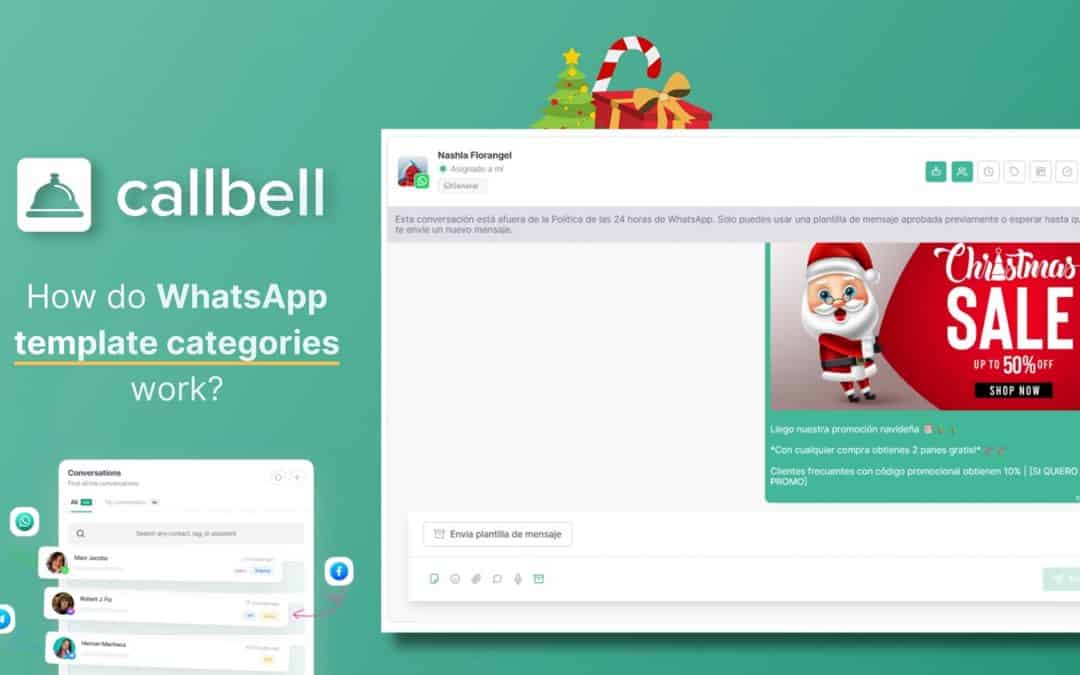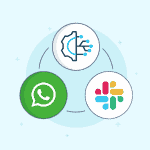From a business point of view, there are so-called templates on WhatsApp. These models have different objectives and are used in many situations. Therefore, we can say that it is the way in which WhatsApp manages to classify interactions between the company and a user.
Through the use of these templates and messages, WhatsApp allows you to communicate even before the customer does so. This happens for example when the template is for marketing purposes or simply for a simple greeting (hello or thank you).
Models are commonly divided into 3 categories:
- Marketing
- Utilities
- Service
These templates, taken individually, have their own rules, which we will see later. So, get ready to understand (it is about time!) how the template categories work on WhatsApp.
The categories of templates present on WhatsApp have very specific features, here are them.
A. Marketing template category

These types of templates are used to design promotions, marketing campaigns, disseminate information about products, offers or discounts.
They have many uses as long as the purpose always and only concerns marketing. The difference with the other two categories is the possibility of creating promotions with a higher cost.
B. Utility template category

This model is really simple to understand, as it has a very specific purpose, which is to open or close a conversation. Among the elements that can be added we find: hello, thank you, have a good day, goodbye.
Therefore, it is the type of template that can help you with greetings, being able to add only short sentences or single words.
Another feature is that these templates cannot contain promotional words or warnings of any kind.
C. Service category
This model is used when the conversation is not initiated by the company, for example when the company only needs to respond to a customer who contacted it first. If a customer initiates a conversation, we should then use the utility model. If we are faced with a customer with whom we have already interacted before, but maybe more than 24 hours have passed and this customer writes first, then we will always have to use the utility model.
In short, they are templates that are used when the customer contacts the company first.
Callbell presents itself as a cloud-based service capable of improving the interaction between the company and the customer. Within this platform there are various templates with multiple functions, all aimed at improving sales, support and communication processes with customers.
Callbell acts as a mediator between companies and WhatsApp, allowing you to create Broadcast campaigns or communicate fluidly, using the templates offered by WhatsApp.
Through this tool, companies will be able to interact with their customers using WhatsApp and other social networks with a multi-agent and multi-device team in a simple and quick way. If you want to try Callbell and start using the templates on WhatsApp, click here.
About the author: Hello! I am Alan and I am the marketing manager at Callbell, the first communication platform designed to help sales and support teams to collaborate and communicate with customers through direct messaging applications such as WhatsApp, Messenger, Telegram and Instagram Direct




